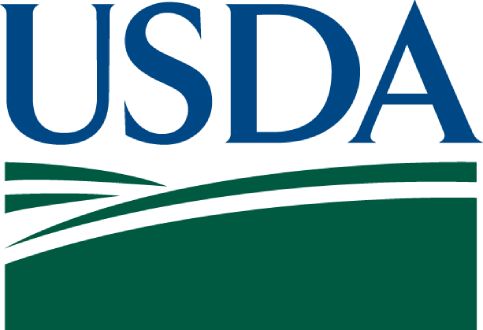Empirical Bayes Shrinkage Estimates of State Supplemental Nutrition Assistance Program Participation Rates in Fiscal Year 2016 to Fiscal Year 2018 for All Eligible People and Working Poor People
Download
Associated Project
Using Microsimulation in Supplemental Nutrition Assistance Program (SNAP) Policy Analysis
Prepared for:
U.S. Department of Agriculture, Food and Nutrition Service
Clients

Key Findings
On average, 90 percent shrinkage confidence intervals for fiscal year 2018 participation rates for all eligible people were 45 percent narrower than the corresponding direct confidence intervals.
This report presents estimates of SNAP’s effectiveness at reaching its target population in each State and the District of Columbia for fiscal years 2016 to 2018. The program’s effective reach is measured by estimated SNAP participation rates. In addition to estimates that pertain to all eligible people, we derived estimates for people who were eligible for SNAP and lived in households in which someone earned income from a job.
The estimates for all eligible people and people in households with earnings were derived jointly using empirical Bayes shrinkage estimation methods and data from the Current Population Survey Annual Social and Economic Supplement (CPS ASEC), the American Community Survey (ACS), and administrative records. The shrinkage estimator averaged direct estimates of participation rates in each State with predictions from a regression model. The regression predictions were based on observed indicators of socioeconomic conditions in the States, such as the percentage of the total State population receiving SNAP benefits. Shrinkage estimators improve precision by “borrowing strength,” that is, by using data for multiple years from all the States to derive each State’s estimates for a given year and by using data from multiple sources, including sample surveys and administrative data. On average, 90 percent shrinkage confidence intervals for fiscal year 2018 participation rates for all eligible people were 45 percent narrower than the corresponding direct confidence intervals.
Efficiency Meets Impact.
That's Progress Together.
To solve their most pressing challenges, organizations turn to Mathematica for deeply integrated expertise. We bring together subject matter and policy experts, data scientists, methodologists, and technologists who work across topics and sectors to help our partners design, improve, and scale evidence-based solutions.
Work With Us
